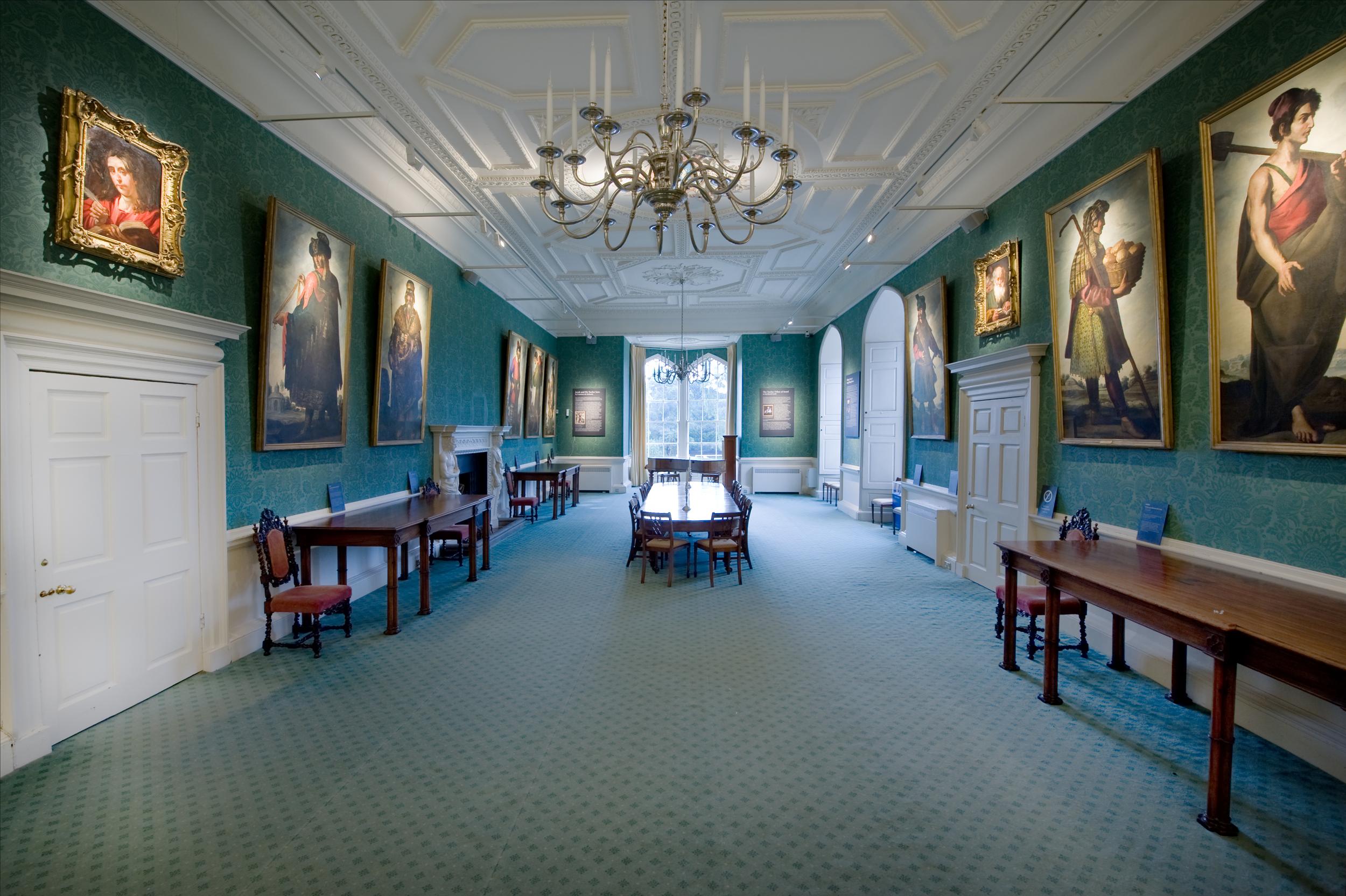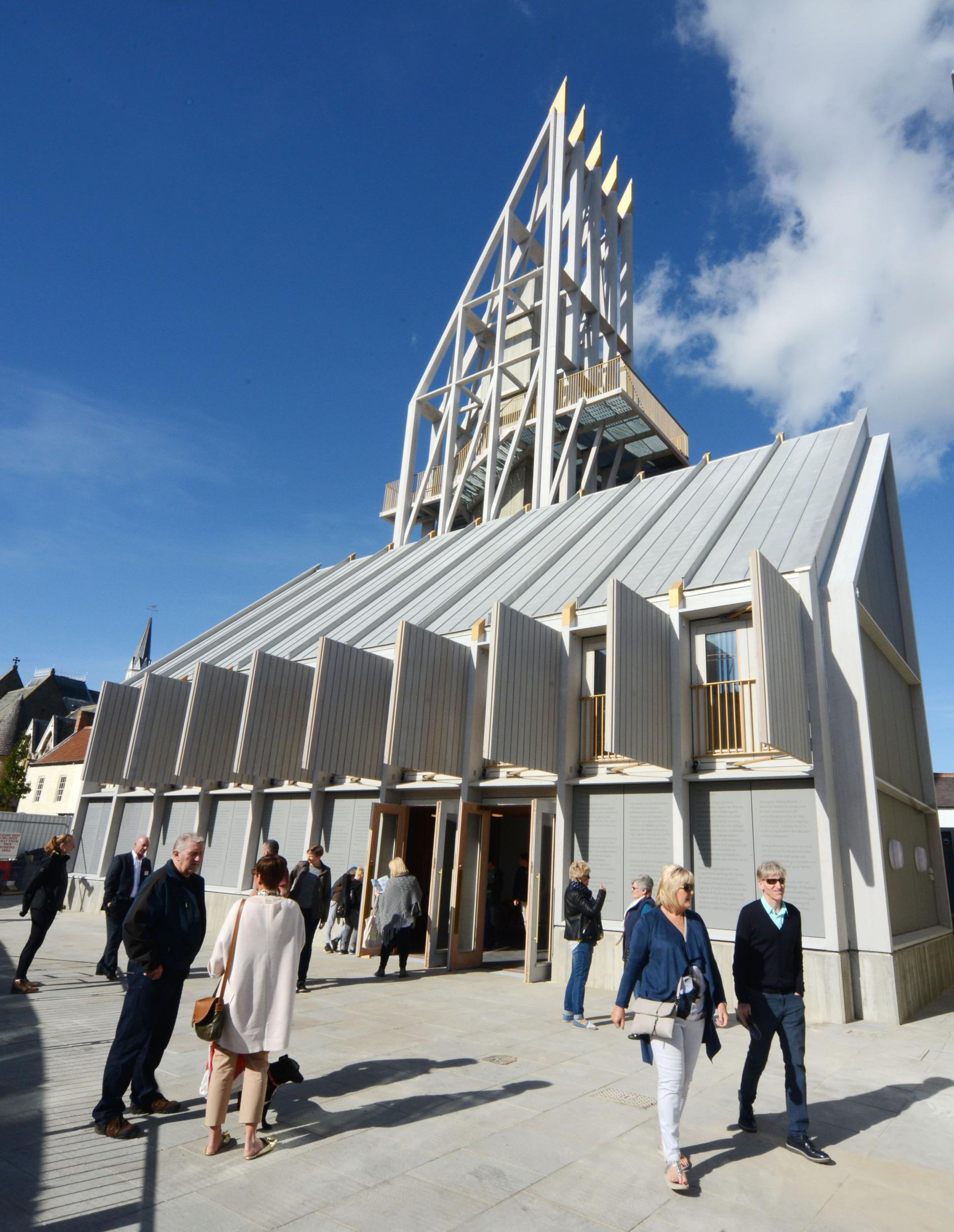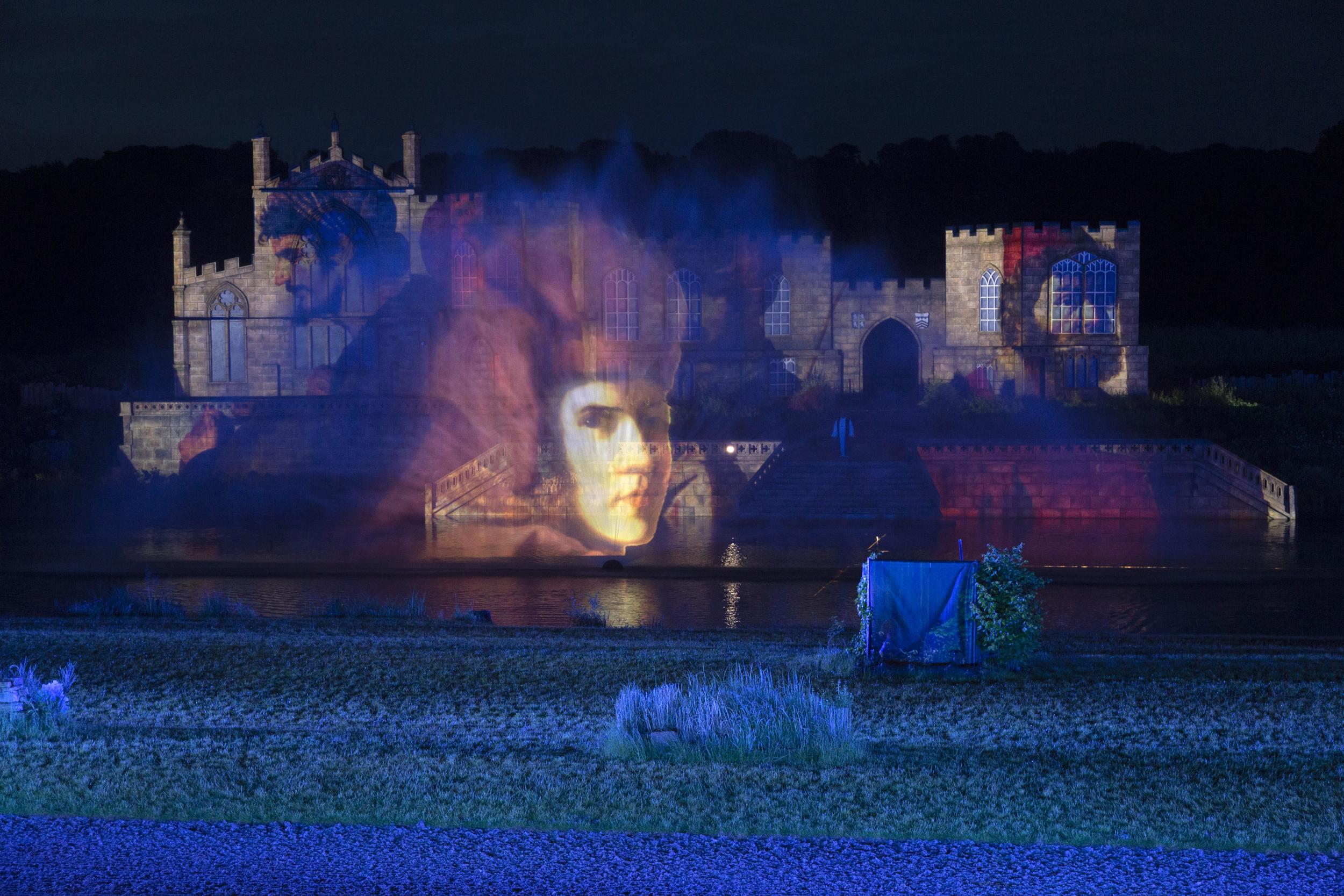Why Bishop Auckland is the most dynamic town in northern England
A lovingly restored castle, modern tower and brand new galleries – this market town is punching above its cultural weight in 2020

Your support helps us to tell the story
From reproductive rights to climate change to Big Tech, The Independent is on the ground when the story is developing. Whether it's investigating the financials of Elon Musk's pro-Trump PAC or producing our latest documentary, 'The A Word', which shines a light on the American women fighting for reproductive rights, we know how important it is to parse out the facts from the messaging.
At such a critical moment in US history, we need reporters on the ground. Your donation allows us to keep sending journalists to speak to both sides of the story.
The Independent is trusted by Americans across the entire political spectrum. And unlike many other quality news outlets, we choose not to lock Americans out of our reporting and analysis with paywalls. We believe quality journalism should be available to everyone, paid for by those who can afford it.
Your support makes all the difference.If you haven’t heard of Bishop Auckland, the County Durham market town where comedian Stan Laurel spent much of his early life, all that’s about to change. Its transformation is not a fly-by-night one, here today, gone tomorrow – but rather a long-term vision, designed to turn around decades of post-industrial stagnation and change perceptions.
“The really interesting thing about Bishop Auckland is that it’s been a significant place for a very long time,” says David Maddan, CEO of The Auckland Project (TAP), the charity founded in 2012 to coordinate the town’s rejuvenation.
The catalyst for the upswing was Jonathan Ruffer’s purchase of Jacob and his Twelve Sons, a series of paintings by the Spanish artist Franciso de Zurbaran. The financier and philanthropist was also offered Auckland Castle, where the paintings had been displayed since 1756, into the bargain, and he thought: why not?
Constructed during the Middle Ages as a residence for the Prince Bishops of Durham (who, for a time, counted among England’s most powerful figures), the castle has undergone a sensitive restoration – thanks to Ruffer’s millions – which reopened last November.
The Zurbaran paintings will be rehung in the refurbished long dining room; for the first time, the private rooms of the Bishops of Durham will be accessible to members of the public.

“It was a good 750 years that the bishop held sway in this region. The role that these men had in shaping our nation’s history is quite a forgotten or untold story and is really the point of us doing this project here… this is a place where history was made,” explains Clare Baron, the head of interpretation and exhibitions.
St Peter’s Chapel, which features bishops’ coats of arms on its wooden ceiling and columns, and arches dating from around 1180, is one of Europe’s largest private places of worship – but prior to 1660 it served as the castle’s banqueting hall.
Some of the food served during banquets would have been hunted in the adjacent deer park, which is the site of an 18th century deer house, open to the public for free, and criss-crossed with walking trails. The castle’s Bishop Trevor Gallery, named after the clergyman who bought the Zurbarans in the mid-18th century, opened in June 2019, decked out with special exhibitions of fine art that change throughout the year.
Swapping high-brow art for high-brow views is Auckland Tower, which has stood proudly by the castle walls since 2018. An observation platform at 15m doubles up as the Auckland Project’s visitor centre; the tower’s 26m summit resembles a pithead (the top of a mining pit or coal shaft), according to locals – which is apt, considering it’s just a few paces from there to the Mining Art Gallery, whose blue walls are designed to evoke the darkness underground. Works by the Norman Cornish, from nearby Spennymoor, and Tom McGuinness count among those on show in the gallery.

The gallery stands opposite The Stanley Jefferson, a pub named in honour of the local schoolboy-dun-good who went on to international stardom as Stan Laurel; a statue of the comedian stands on Princes Street.
Despite all the new art and culture enlivening the town, one of the project’s goals is to effect change without resorting to gentrification, according to Alison Tweddle, the head of community engagement and learning. That means holding two-way conversations with residents about what they want to happen on this “journey of revival”. She says it runs deeper than the shaping of attractions – it’s even resulted in the opening of independent shops on Fore Bondgate, the oldest street in the town, and the launching of Incredible Edible Bishop Auckland, an initiative aimed at avoiding food waste.
Kynren, which tells a tale of England’s history over 2,000 years, is an obvious example of mass community involvement. Inspired by the show at Puy du Fou in France, Kynren is a historical spectacle, staged annually in an 8,000-seat outdoor arena since 2016. Requiring around 1,000 locals to volunteer as stewards, behind-the-scenes helpers and as cast members, the performance is helping to create jobs and draw in visitors, as well as bring people in the area together.

The chronology of the show goes back to the arrival of the Romans in the British Isles. Binchester Roman Fort, known as Vinovia in its heyday, is just a mile from Bishop Auckland and the site of two excavated bathhouses. Newgate Street, in the town centre, follows the unwavering course of Deere Street, the Roman road that ran south to York.
The revitalisation is set to continue well beyond 2020: plans are in place to open a gallery focusing on art from the Spanish Golden Age, a museum exploring faith in Britain and a restaurant within Auckland Castle’s walled garden. Bishop Auckland may be small, but it’s packing a mighty punch.
Travel essentials
Bishop Auckland by train connects to Darlington, Redcar and Middlesbrough.
Join our commenting forum
Join thought-provoking conversations, follow other Independent readers and see their replies
Comments